Looking for high-quality visuals without burning a hole in your budget? Whether you’re a blogger, digital marketer, designer, or small business owner, finding the right stock images website can save you time and elevate your content. But with so many options out there, how do you know which platforms offer the best free stock photos—legally and without hidden restrictions? You’re in the right place.
In this guide, we’ll walk you through the top 10 free stock images websites, complete with real-world use cases and tips to help you get the most out of them. No fluff, no AI-speak—just solid, actionable advice from someone who’s been there.
Why Free Stock Images Matter

Visuals are no longer optional—they’re essential. Articles with images get 94% more views, and on social media, posts with visuals receive 2.3x more engagement.
But hiring photographers or paying for premium photo subscriptions isn’t always feasible, especially for freelancers, startups, and content creators.
That’s where free stock images websites come in. These platforms provide royalty-free, high-resolution images you can use for:
- Websites and blogs
- Social media marketing
- YouTube thumbnails
- Online ads
- Presentations
- eBooks and lead magnets
Now, let’s dive into the top free resources.
Top 10 Free Stock Images Websites
1. Unsplashed Best for Artistic, High-Quality Photos
Why it stands out: Unsplash is known for its curated, aesthetic photography. Perfect for bloggers, web designers, and creatives looking for beautiful, editorial-style images.
Use case tip: Great for hero banners, lifestyle blogs, and social media backgrounds.
License: Free to use for commercial and personal projects. No attribution required, though appreciated.
2. Pexels Best for Variety and Ease of Use
Why it stands out: Offers a wide range of professional-quality photos and videos. Their powerful search and categories make it easy to find exactly what you need.
Use case tip: Try their mobile app for on-the-go downloads. Ideal for content creators and social media managers.
License: Free for commercial and personal use. No attribution required.
3. Pixabay Best All-in-One Media Resource
Why it stands out: Not just photos—Pixabay also offers videos, illustrations, music, and vector graphics.
Use case tip: Use vector icons and illustrations for infographics or presentations.
License: Free for commercial and non-commercial use. Attribution not required.
4. Reshot – Best for Startups and Creative Projects
Why it stands out: Features handpicked, non-stocky images. Great if you’re tired of generic visuals.
Use case tip: Use for brand storytelling, startup websites, and pitch decks.
License: Free to use commercially and personally. No attribution needed.
5. Burst (by Shopify) Best for E-commerce
Why it stands out: Designed with business owners in mind. Many collections are tailored to niche markets like fashion, tech, and fitness.
Use case tip: Ideal for product mockups, landing pages, and online stores.
License: Free for commercial use. No attribution required.

6. Kaboompics Best for Color Consistency and Interior Design
Why it stands out: Offers beautiful lifestyle photography and lets you download color palettes with each image.
Use case tip: Great for matching visuals to your brand colors or Instagram grid.
License: Free for commercial use. Attribution not mandatory.
7. StockSnap.io Best for Trending Content
Why it stands out: New images added weekly, often aligned with seasonal trends and popular themes.
Use case tip: Use their trending search feature for content planning.
License: Free for commercial and personal use. No attribution needed.
8. Life of Pix Best for Creative and Artistic Photos
Why it stands out: Features high-res, artistic images contributed by photographers. More emotional and expressive than your typical stock site.
Use case tip: Perfect for personal blogs, portfolios, or mood boards.
License: Free for commercial and personal use. No attribution required.
9. Picjumbo Best for Bloggers and Influencers
Why it stands out: Offers themed photo packs and categories perfect for content creators.
Use case tip: Use their food and travel photos for lifestyle blogging or YouTube thumbnails.
License: Free with optional premium upgrades. Attribution optional.
10. Gratisography Best for Quirky, Unique Photos
Why it stands out: Offers offbeat, fun images you won’t find elsewhere. Created by photographer Ryan McGuire.
Use case tip: Use to break the ice in presentations or add humor to blog posts.
License: Free to use commercially and personally. Attribution appreciated but not required.
How to Use Free Stock Images Safely (And Legally)
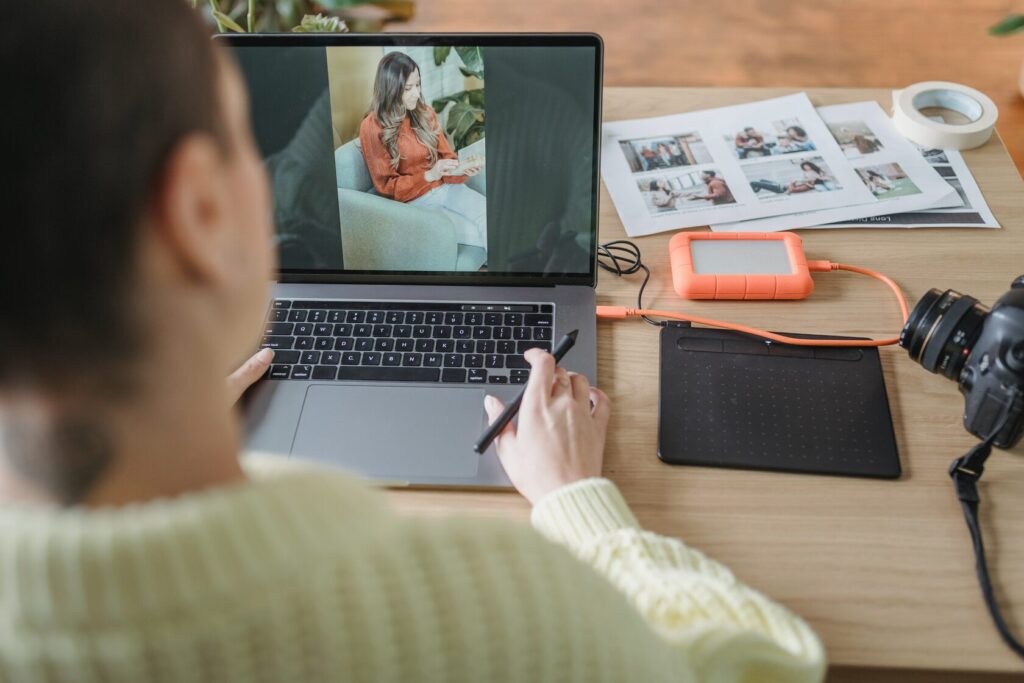
Even though most stock images websites listed above offer royalty-free images, it’s crucial to follow best practices:
Read the license
Always check the specific usage terms—even free platforms sometimes have exceptions (e.g., don’t use images in logos or resale items).
Don’t redistribute
You can use the images, but reselling or redistributing them as-is is often prohibited.
Credit when unsure
Even if attribution isn’t required, crediting the photographer or site is a good practice that builds trust and avoids future issues.
Tips for Choosing the Right Stock Image

Not all stock images are created equal. Here’s how to make yours stand out:
- Choose natural-looking photos: Avoid overly staged or “stocky” visuals.
- Match your brand’s tone: Use consistent styles, colors, and emotions.
- Optimize image size: Resize before uploading to keep your site fast.
- Edit when needed: Add filters, text overlays, or crop to fit your design.
Conclusion
Using a stock images website doesn’t mean compromising on quality. With so many excellent free platforms available, you can easily find images that enhance your message, boost engagement, and support your brand.
Whether you’re building a website, crafting a blog post, or launching a product, the right visuals can make all the difference.
Now it’s your turn—pick a few from the list, explore what fits your style, and start creating content that looks as good as it sounds.





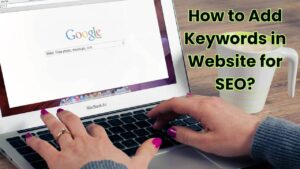
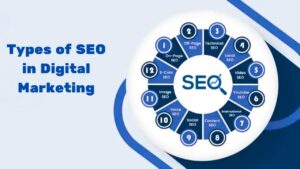
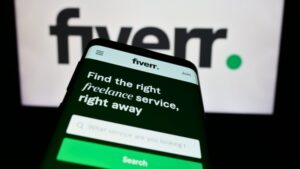
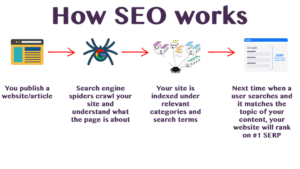
Add comment
You must be logged in to post a comment.